The trials of the Autopiloten project with autonomous buses in Kista are a success! So far more than 8,000 people have traveled the route along Kistagången.
“On average, over 200 people travel on the bus every day. It’s very fun and more than we had expected,” says Peter Hafmar, CEO of Nobina Technology.
The great degree of attention the buses have attracted has been very positive and the buses have become a tourist attraction. At the same time, this creates challenges for the ongoing research project, which is run in collaboration with KTH, where behavior and commuting are studied.
“The only thing people complain about is that the buses are moving too slowly. But it’s an active choice given the weather currently in place. During the spring we will increase the speed a bit,” says Peter Hafmar.
Quick Facts:
- The buses follow a virtual rail that is recorded in advance. They are controlled with laser radar and have satellite-based positioning systems to locate and navigate.
- If someone or something risks colliding with the buses they stop.
- The buses run on electricity from renewable energy sources.
- They have room for eleven passengers (six of whom are seated) and a host.
- The buses always have a host onboard. The host can answer questions and manually control the bus if necessary.
- During the trial, the buses have a maximum speed of 20 kilometers per hour.
- In case of snowfall, fog or heavy rain, traffic is canceled.
- The buses will br in service on weekdays between 7 am and 6 pm. For the public, it will be free to travel, The route will be between Jan Stenbeck Torg and the Scandic Victoria Tower along Kistagången.



